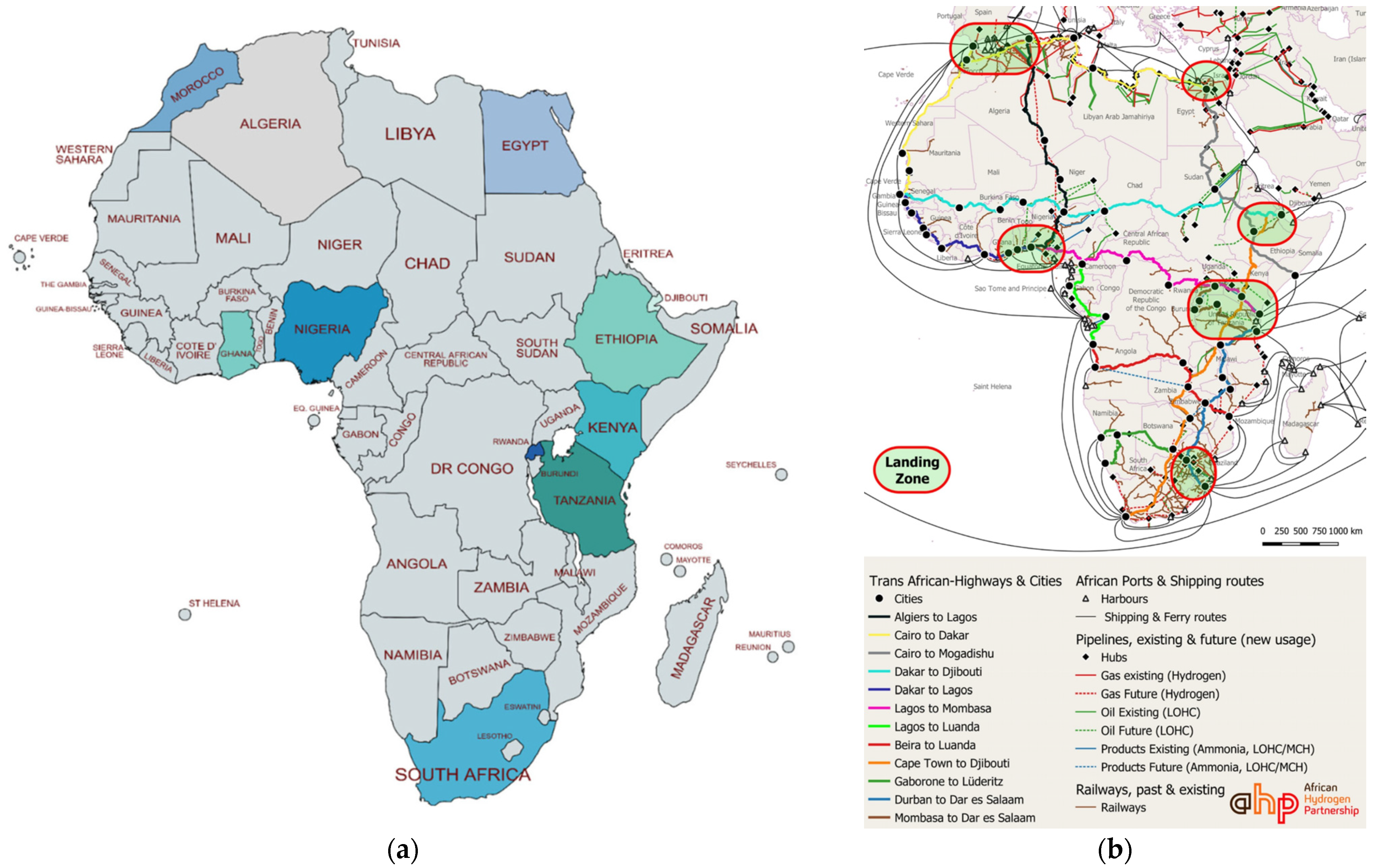The Potential Role of Africa in Green Hydrogen Production: A Short-Term Roadmap to Protect the World’s Future from Climate Crisis
Abstract
1. Introduction
2. Africa’s Natural Resources and Possible Energy Mix
3. Africa as a Potential Hub for Green Hydrogen Production (GHP)
4. Possible Water Usage Consequences for GHP in Africa
5. Land Use Dimension vs. GHP via Electrolysis in Africa
6. Biomass as a Multi-Gain Green Gold in GHP
6.1. Historical Background and Conversion Routes from Biomass to Hydrogen
6.2. Near-Term Prospects of Biomass-Based GHP in Africa
7. Long-Term Stability and Support for Regulatory and Policy Frameworks
8. Conclusions
Author Contributions
Funding
Data Availability Statement
Conflicts of Interest
References
- Alsunousi, M.; Kayabasi, E. The role of hydrogen in synthetic fuel production strategies. Int. J. Hydrogen Energy 2024, 54, 1169–1178. [Google Scholar] [CrossRef]
- THE 17 GOALS. Sustainable Development. Available online: https://sdgs.un.org/es/goals (accessed on 25 August 2022).
- Sachs, J.D.; Schmidt-Traub, G.; Mazzucato, M.; Messner, D.; Nakicenovic, N.; Rockstr€om, J. Six transformations to achieve the sustainable development goals. Nat. Sustain. 2019, 2, 805–814. [Google Scholar] [CrossRef]
- Kovač, A.; Paranos, M.; Marciuš, D. Hydrogen in energy transition: A review. Int. J. Hydrogen Energy 2021, 46, 10016–10035. [Google Scholar] [CrossRef]
- Verkehrswende, A. En Route to Paris? 2021. Available online: www.agoraverkehrswende.de. (accessed on 18 June 2021).
- AbouSeada, N.; Hatem, T.M. Climate action: Prospects of green hydrogen in Africa. Energy Rep. 2022, 8, 3873–3890. [Google Scholar] [CrossRef]
- Sugawara, E.; Nikaido, H. Properties of AdeABC and AdeIJK efflux systems of acinetobacter baumannii compared with those of the AcrAB-TolC system of Escherichia coli. Antimicrob. Agents Chem. 2014, 58, 7250–7257. [Google Scholar] [CrossRef] [PubMed]
- Africa Energy Outlook 2019—Analysis—IEA, 2019. World Energy Outlook. 2019. Available online: https://www.iea.org/reports/africa-energy-outlook-2019 (accessed on 18 June 2021).
- Edkins, M.; Marquard, A.; Winkler, H. South Africa’s Renewable Energy Policy Roadmaps. Cape Town, Energy Research Centre 2010, 1–48. Available online: http://hdl.handle.net/11427/16881 (accessed on 15 December 2024).
- Ayodele, T.R.; Munda, J.L. The potential role of green hydrogen production in the South Africa energy mix. J. Renew. Sustain. Energy 2019, 11, 044301. [Google Scholar] [CrossRef]
- Hassan, Q.; Algburi, S.; Sameen, A.Z.; Salman, H.M.; Jaszczur, M. Green hydrogen: A pathway to a sustainable energy future. Int. J. Hydrogen Energy 2024, 50, 310–333. [Google Scholar] [CrossRef]
- Ingaldi, M.; Klimecka-Tatar, D. People’s attitude to energy from hydrogen—From the point of view of modern energy technologies and social responsibility. Energies 2020, 13, 6495. [Google Scholar] [CrossRef]
- Control Risks, Can Africa Clean up with Green Hydrogen? 2022. Available online: https://www.controlrisks.com/our-thinking/insights/can-africa-clean-up-with-green-hydrogen (accessed on 5 February 2023).
- IRENA; AfDB. Renewable Energy Market Analysis: Africa and Its Regions; International Renewable Energy Agency and African Development Bank: Abu Dhabi, United Arab Emirates; Abidjan, Côte d’Ivoire, 2022; Available online: https://www.irena.org/newsroom/pressreleases/2022/Jan/IRENA-AfDB-report (accessed on 14 May 2023).
- African Review. The Future Pathway of Africa’s Power System; African Review of Business and Technology: Energy and Power. London. 2023. Available online: https://www.africanreview.com/energy-a-power/power-generation/the-future-pathway-ofafrica-spower-system (accessed on 15 May 2023).
- IRENA. Hydrogen: A Renewable Energy Perspective; International Renewable Energy Agency: Abu Dhabi, United Arab Emirates, 2019; Available online: https://www.irena.org/-/media/Files/IRENA/Agency/Publication/2019/Sep/IRENA_Hydrogen_2019.pdf (accessed on 13 June 2023).
- KfW; GIZ; IRENA. The Renewable Energy Transition in Africa Powering Access; Resilience and Prosperity: Frankfurt am Main, Germany, 2021; Available online: https://www.giz.de/en/downloads/Study_Renewable%20Energy%20Transition%20Africa-EN.pdf (accessed on 3 May 2023).
- IEA, International Energy Agency, Africa, The Energy Mix, 2024. Available online: https://www.iea.org/regions/africa/energy-mix (accessed on 7 December 2024).
- Hjeij, D.; Biçer, Y.; Koç, M. Hydrogen strategy as an energy transition and economic transformation avenue for natural gas exporting countries: Qatar as a case study. Int. J. Hydrogen Energy 2022, 47, 4977–5009. [Google Scholar] [CrossRef]
- Mah, A.X.Y.; Ho, W.S.; Bong, C.P.C.; Hassim, M.H.; Liew, P.Y.; Asli, U.A.; Kamaruddin, M.J.; Chemmangattuvalappil, N.G. Review of hydrogen economy in Malaysia and its way forward. Int. J. Hydrogen Energy 2019, 44, 5661–5675. [Google Scholar] [CrossRef]
- Incer-Valverde, J.; Korayem, A.; Tsatsaronis, G.; Morosuk, T. “Colors” of hydrogen: Definitions and carbon intensity. Energy Conv. Manag. 2023, 291, 117294. [Google Scholar] [CrossRef]
- Neacsa, A.; Eparu, C.N.; Stoica, D.B. Hydrogen–natural gas blending in distribution systems—An energy, economic, and environmental assessment. Energies 2022, 15, 6143. [Google Scholar] [CrossRef]
- Zainal, B.S.; Ker, P.J.; Mohamed, H.; Ong, H.C.; Fattah, I.M.R.; Rahman, S.A.; Nghiem, L.D.; Mahlia, T.I. Recent advancement and assessment of green hydrogen production technologies. Renew. Sustain. Energy Rev. 2024, 189, 113941. [Google Scholar] [CrossRef]
- Nikolaidis, P.; Poullikkas, A. A comparative overview of hydrogen production processes. Renew. Sustain. Energy Rev. 2017, 67, 597–611. [Google Scholar] [CrossRef]
- IRENA. Global Hydrogen Trade to Meet the 1.5 °C Climate Goal Part I Trade Outlook for 2050 and Way Forward. International Renewable Energy Agency, 2022. Available online: www.irena.org/publications (accessed on 2 December 2022).
- IEA. Global Energy Review 2021: Assessing the Effects of Economic Recoveries on Global Energy Demand and CO2 Emissions in 2021. International Energy Agency Review, 2021. Available online: https://www.iea.org/reports/global-energy-review-2021 (accessed on 18 August 2022).
- Bhagwat, S.; Olczak, M. Green Hydrogen: Bridging the Energy Transition in Africa and Europe. Florence School of Regulation, Energy, Research Reports, [FSR Global]. 2020. Available online: https://hdl.handle.net/1814/68677 (accessed on 17 November 2024).
- Egli, F.; Polzin, F.; Sanders, M.; Schmidt, T.; Serebriakova, A.; Steffen, B. Financing the energy transition: Four insights and avenues for future research. Environ. Res. Lett. 2022, 17, 051003. [Google Scholar] [CrossRef]
- Scarlat, N.; Motola, V.; Dallemand, J.F.; Monforti-Ferrario, F.; Mofor, L. Evaluation of energy potential of municipal solid waste from african urban areas. Renew. Sustain. Energy Rev. 2015, 50, 1269–1286. [Google Scholar] [CrossRef]
- Qadir, S.A.; Al-Motairi, H.; Tahir, F.; Al-Fagih, L. Incentives and strategies for financing the renewable energy transition: A review. Energy Rep. 2021, 7, 3590–3606. [Google Scholar] [CrossRef]
- Liu, P.; Hei, Z. Strategic analysis and framework design on international cooperation for energy transition: A perspective from China. Energy Rep. 2022, 8, 2601–2616. [Google Scholar] [CrossRef]
- McDowall, W.; Eames, M. Forecasts, scenarios, visions, backcasts and roadmaps to the hydrogen economy: A review of the hydrogen futures literature. Energy Pol. 2006, 34, 1236–1250. [Google Scholar] [CrossRef]
- Gordon, J.A.; Balta-Ozkan, N.; Nabavi, S.A. Gauging public perceptions of blue and green hydrogen futures: Is the twin-track approach compatible with hydrogen acceptance? Int. J. Hydrogen Energy 2024, 49, 75–104. [Google Scholar] [CrossRef]
- European Commission. Committee and the Committee of the Regions a Hydrogen Strategy for a Climate-Neutral Europe. 2020. Available online: https://www.eu2018.at/calendar-events/political-events/BMNT- (accessed on 10 June 2021).
- Jensterle, M.; Jana, N.; Raffaele, P.; Sascha, S.; Magdolna, P.; Kilian, C.; Stefan, S.; Sichao, K.; Tomoko, M.; Yoshiaki, S.; et al. The Role of Clean Hydrogen in the Future Energy Systems of Japan and Germany; Adelphi: Berlin, Germany, 2019; Available online: https://adelphi.de/en/publications/the-role-of-clean-hydrogen-in-the-future-energy-systems-of-japan-and-germany. (accessed on 7 June 2021).
- IRENA. REmap 2030: A Renewable Energy Roadmap; International Renewable Energy Agency: Abu Dhabi, United Arab Emirates, 2014; Available online: www.irena.org/remap (accessed on 26 October 2024).
- Agaton, C.B.; Batac, K.I.T.; Reyes, E.M. Prospects and challenges for green hydrogen production and utilization in the Philippines. Int. J. Hydrogen Energy 2022, 47, 17859–17870. [Google Scholar] [CrossRef]
- Pflugmann, F.; De Blasio, N. The geopolitics of renewable hydrogen in low-carbon energy markets. Geopolit. Hist. Int. Relat. 2020, 12, 9–44. [Google Scholar] [CrossRef]
- IRENA. Africa 2030: Roadmap for a Renewable Energy Future, REmap 2030 Program. p. 72. 2015. Available online: www.irena.org/remap (accessed on 26 October 2024).
- Vandeputte, N. Rejuvenating EU democracy support in Africa: The neighbourhood. In Development and International Cooperation Instrument (NDICI) as a Promising Framework for Action? 2020; Available online: https://library.fes.de/pdf-files/bueros/bruessel/16309.pdf (accessed on 17 November 2024).
- Huegemann, S.; Oldenbroek, V. Green African Hydrogen Operational Planning. African Hydrogen Partnership (AHP). 2019. Available online: www.afr-h2-p.com (accessed on 15 December 2024).
- Dai, Q.; Elgowainy, A.; Kelly, J.; Han, J.; Wang, M.; Group, S.A.; Division, E.S. Life Cycle Analysis of Hydrogen Production from Non-Fossil Sources; Argonne National Laboratory: Lemont, IL, USA, 2016. Available online: https://greet.es.anl.gov/publicationh2-nonfoss-2016 (accessed on 15 June 2023).
- Harvego, E.A.; O’Brien, J.E.; McKellar, M.G. System evaluation and life-cycle cost analysis of a commercial scale high-temperature electrolysis hydrogen production plant. In Proceedings of the ASME 2012 International Mechanical Engineering Congress and Exposition, Houston, TX, USA, 9–15 November 2012; Volume 6, pp. 875–884. Available online: https://inldigitallibrary.inl.gov/sites/sti/sti/5605020.pdf (accessed on 26 October 2024).
- Elgowainy, A.; Lampert, D.J.; Hao, C.; Han, J.; Dunn, J.; Wang, M. Life-Cycle Analysis of Water Use for Hydrogen Production Pathways. DOE Hydrogen Fuel Cells Program. 2015, No. FY. Available online: https://www.hydrogen.energy.gov/pdfs/review15/sa039_elgowainy_2015_o.pdf (accessed on 16 June 2023).
- Saur, G.; Ramsden, T.; James, B.; Collella, W. Hydrogen Production from Distributed Grid PEM Electrolysis. H2A Production Models and Case Studies. 2010. Available online: http://www.hydrogen.energy.gov/h2a_production.html (accessed on 21 June 2023).
- Yang, D.; Liu, J.; Yang, J.; Ding, N. Life-cycle assessment of China’s multi-crystalline silicon photovoltaic modules considering international trade. J. Clean. Prod. 2015, 94, 35–45. [Google Scholar] [CrossRef]
- Schmeier, S.; Hartog, J.; Kortlandt, J.; Meijer, K.; Meurs, E.; Sasse, R.; Horst, R. Water scarcity and conflict: Not such a straightforward link. ECDPM Great Insights Mag. 2019, 8, 4. Available online: https://ecdpm.org/work?page=30 (accessed on 17 November 2024).
- Agyekum, E.B. Is Africa ready for green hydrogen energy takeoff?—A multi-criteria analysis approach to the opportunities and barriers of hydrogen production on the continent. Int. J. Hydrogen Energy 2024, 49, 219–233. [Google Scholar] [CrossRef]
- Mason, N.; Nalamalapu, D.; Corfee-Morlot, J. Climate Change Is Hurting Africa’s Water Sector, but Investing in Water Can Pay Off; World Resources Institute: Washington, DC, USA, 2019; Available online: https://www.wri.org/insights/climate-changehurting-africas-water-sector-investing-water-can-pay (accessed on 13 May 2023).
- Holtz, L.; Golubski, C. Addressing Africa’s Extreme Water Insecurity. Brookins Series—Africa in Focus Figure of the Week. 2016. Available online: https://www.brookings.edu/blog/africa-in-focus/2021/07/23/addressing-africas-extreme-water-insecurity/ (accessed on 13 May 2023).
- Seada, N.A.; Tarek, M.H. Power to hydrogen: The prospects of green hydrogen production potential in Africa. In REWAS 2022: Energy Technologies and CO2 Management (Volume II); Springer International Publishing: Cham, Switzerland, 2022; pp. 153–159. [Google Scholar] [CrossRef]
- Adow, M.; Wemanya, A.; Opfer, K.; Nweke-Eze, C.; Njamnshi, A.B.; Fernandez, J.; Singer, S. Civil Society Perspectives on Green Hydrogen Production and Power-to-X Products in Africa; Germanwatch e.V.: Bonn, Germany, 2022; Available online: https://www.germanwatch.org/de/84785 (accessed on 11 May 2022).
- Kitegi, M.S.; Lare, Y.; Coulibaly, O. Potential for Green Hydrogen Production from Biomass, Solar and Wind in Togo. Smart Grid Renew. Energy 2022, 13, 17–27. [Google Scholar] [CrossRef]
- Africa Center for Strategic Studies. African Conflicts Displace Over 40 Million People. Infographic, 2024. Available online: https://africacenter.org/spotlight/african-conflicts-displace-over-40-million-people/ (accessed on 27 January 2024).
- Ren, X.; Dong, L.; Xu, D.; Hu, B. Challenges towards hydrogen economy in China. Int. J. Hydrogen Energy 2020, 45, 34326–34345. [Google Scholar] [CrossRef]
- Elminshawy, N.A.; Diab, S.; Yassen El, S.; Elbaksawi, O. An energy-economic analysis of a hybrid PV/wind/battery energy-driven hydrogen generation system in rural regions of Egypt. J. Energy Storage 2024, 80, 110256. [Google Scholar] [CrossRef]
- AlRafea, K.; Fowler, M.; Elkamel, A.; Hajimiragha, A. Integration of renewable energy sources into combined cycle power plants through electrolysis generated hydrogen in a new designed energy hub. Int. J. Hydrogen Energy 2016, 41, 16718–16728. [Google Scholar] [CrossRef]
- IEA. The Future of Hydrogen; International Energy Agency: Paris, France, 2019; Available online: https://www.iea.org/reports/the-future-of-hydrogen (accessed on 12 June 2023).
- Miller, L.M.; Keith, D.W. Observation-based solar and wind power capacity factors and power densities. Environ. Res. Lett. 2018, 13, 104008. [Google Scholar] [CrossRef]
- Rodríguez-Fontalvo, D.; Quiroga, E.; Cantillo, N.M.; Sánchez, N.; Figueredo, M.; Cobo, M. Green hydrogen potential in tropical countries: The Colombian case. Int. J. Hydrogen Energy 2024, 54, 344–360. [Google Scholar] [CrossRef]
- UN Trade and Development. A World of Debt: Regional Stories, Africa (2023). UN Global Crisis Response Group Calculations, Based on IMF World Economic Outlook (April 2023) UNCTAD. 2024. Available online: https://unctad.org/publication/world-of-debt/regional-stories (accessed on 7 December 2024).
- Konecna, L. Unpacking water conflicts in Africa: Exploring key drivers. Small Wars Insur. 2025, 36, 1–28. [Google Scholar] [CrossRef]
- Bugri, J.T. The dynamics of tenure security, agricultural production and environmental degradation in Africa: Evidence from stakeholders in north-east Ghana. Land Use Policy 2008, 25, 271–285. [Google Scholar] [CrossRef]
- Rehbein, J.A.; Watson, J.E.M.; Lane, J.L.; Sonter, L.J.; Venter, S.; Atkinson, S.C.; Allan, J.R. Renewable energy development threatens many globally important biodiversity areas. Glob. Change Biol. 2020, 26, 3040–3051. [Google Scholar] [CrossRef] [PubMed]
- Valente, A.; Sousa, F.; Dias, J. Decadal changes in temperature and salinity of Central Waters off Western Iberia. Deep Sea Res. Part I Oceanogr. Res. Pap. 2019, 151, 103068. [Google Scholar] [CrossRef]
- Nazir, M.S.; Mahdi, A.J.; Bilal, M.; Sohail, H.M.; Ali, N.; Iqbal, H.M.N. Environmental impact and pollution-related challenges of renewable wind energy paradigm—A review. Sci. Total Environ. 2019, 683, 436–444. [Google Scholar] [CrossRef] [PubMed]
- Kumeh, E.M.; Omulo, G. Youth’s access to agricultural land in Sub-Saharan Africa: A missing link in the global land grabbing discourse. Land Use Policy 2019, 89, 104210. [Google Scholar] [CrossRef]
- Chigbu, U.E.; Nweke-Eze, C. Green Hydrogen Production and Its Land Tenure Consequences in Africa: An Interpretive Review. Land 2023, 12, 1709. [Google Scholar] [CrossRef]
- Hernandez, R.R.; Hoffacker, M.K.; Murphy-Mariscal, M.L.; Wu, G.C.; Allen, M.F. Solar energy development impacts on land cover change and protected areas. Proc. Natl. Acad. Sci. USA 2015, 112, 13579–13584. [Google Scholar] [CrossRef]
- Schade, J. Kenya ‘Olkaria IV’ Case Study Report: Human Rights Analysis of the Resettlement Process. (COMCAD Working Papers, 151). Bielefeld: Universität Bielefeld, Fak. für Soziologie, Centre on Migration, Citizenship and Development (COMCAD). 2017. Available online: https://nbn-resolving.org/urn:nbn:de:0168-ssoar-51409-6 (accessed on 15 June 2023).
- Tonelli, D.; Rosa, L.; Gabrielli, P.; Caldeira, K.; Parente, A.; Contino, F. Global land and water limits to electrolytic hydrogen production using wind and solar resources. Nat. Commun. 2023, 14, 5532. [Google Scholar] [CrossRef] [PubMed]
- Seidel, K. The History of Biomass as a Renewable Energy Source, Biomass, Cablevey News, 2021. Available online: https://cablevey.com/the-history-of-biomass-as-a-renewable-energy-source/ (accessed on 17 December 2024).
- Thomas, J. Biomass Energy Industry—Renewable Energy Industries: A Research Guide—Research Guides at Library of Congress, Library of Congress, 1984. Available online: https://guides.loc.gov/renewable-energy/biomass (accessed on 14 September 2024).
- Obiora, N.K.; Ujah, C.O.; Asadu, C.O.; Kolawole, F.O.; Ekwueme, B.N. Production of hydrogen energy from biomass: Prospects and challenges. Green Technol. Sustain. 2024, 2, 100100. [Google Scholar] [CrossRef]
- Qiu, Y.; Zeng, D.; Xiao, R. Hydrogen Production from Biomass-Based Chemical Looping: A Critical Review and Perspectives. Energy Fuels 2024, 38, 13819–13836. [Google Scholar] [CrossRef]
- Priyadharsini, P.; Nirmala, N.; Dawn, S.S.; Baskaran, A.; SundarRajan, P.; Gopinath, K.P.; Arun, J. Genetic improvement of microalgae for enhanced carbon dioxide sequestration and enriched biomass productivity: Review on CO2 bio-fixation pathways modifications. Algal Res. 2022, 66, 102810. [Google Scholar] [CrossRef]
- Pal, D.B.; Singh, A.; Bhatnagar, A. A review on biomass based hydrogen production technologies. Int. J. Hydrogen Energy 2022, 47, 1461–1480. [Google Scholar] [CrossRef]
- Kalinci, Y.; Hepbasli, A.; Dincer, I. Biomass-based hydrogen production: A review and analysis. Int. J. Hydrogen Energy 2009, 34, 8799–8817. [Google Scholar] [CrossRef]
- Szargut, J.; Styrylska, T. Approximate evaluation of the exergy of fuels. Brennst. Wärme Kraft 1964, 16, 589–596. [Google Scholar]
- Roos, T.H. The cost of production and storage of renewable hydrogen in South Africa and transport to Japan and EU up to 2050 under different scenarios. Int. J. Hydrogen Energy 2021, 46, 35814–35830. [Google Scholar] [CrossRef]
- Akinyemi, F.O.; Speranza, C.I. Agricultural landscape change impact on the quality of land: An African continent-wide assessment in gained and displaced agricultural lands. Int. J. Appl. Earth Obs. Geoinf. 2022, 106, 102644. [Google Scholar] [CrossRef]
- Fetzel, T.; Niedertscheider, M.; Haberl, H.; Krausmann, F.; Erb, K.H. Patterns and changes of land use and land-use efficiency in Africa 1980–2005: An analysis based on the human appropriation of net primary production framework. Reg. Environ. Chang. 2016, 16, 1507–1520. [Google Scholar] [CrossRef]
- Bouvet, A.; Mermoz, S.; Le Toan, T.; Villard, L.; Mathieu, R.; Naidoo, L.; Asner, G.P. An above ground biomass map of African savannahs and woodlands at 25 m resolution derived from ALOS PALSAR. Remote Sens. Environ. 2018, 206, 156–173. [Google Scholar] [CrossRef]
- White, F. The Vegetation of Africa: A Descriptive Memoir to Accompany the Unesco/Aetfat/Unso Vegetation Map of Africa and Map. United Nations Educational, Paris. 1984. Available online: https://unesdoc.unesco.org/ark:/48223/pf0000058054 (accessed on 7 December 2024).
- Osman, A.I.; Mehta, N.; Elgarahy, A.M.; Al-Hinai, A.; Al-Muhtaseb, A.H.; Rooney, D.W. Conversion of biomass to biofuels and life cycle assessment: A review. Environ. Chem. Lett. 2021, 19, 4075–4118. [Google Scholar] [CrossRef]
- Boshagh, F.; Rostami, K. A review of measurement methods of biological hydrogen. Int. J. Hydrogen Energy 2020, 45, 24424–24452. [Google Scholar] [CrossRef]
- Turner, J.; Sverdrup, G.; Mann, M.K.; Maness, P.C.; Kroposki, B.; Ghirardi, M.; Evans, R.J.; Blake, D. Renewable hydrogen production. Int. J. Energy Res. 2008, 32, 379–407. [Google Scholar] [CrossRef]
- Vijayaraghavan, K.; Ahmad, D.; Ibrahim, M.K. Biohydrogen generation from jackfruit peel using anaerobic contact filter. Int. J. Hydrogen Energy 2006, 31, 569–579. [Google Scholar] [CrossRef]
- Ni, M. Computational fluid dynamics modeling of a solid oxide electrolyzer cell for hydrogen production. Int. J. Hydrogen Energy 2009, 34, 7795–7806. [Google Scholar] [CrossRef]
- Argun, H.; Kargi, F.; Kapdan, I.K. Effects of the substrate and cell concentration on bio-hydrogen production from ground wheat by combined dark and photo-fermentation. Int. J. Hydrogen Energy 2009, 34, 6181–6188. [Google Scholar] [CrossRef]
- Kapdan, I.K.; Kargi, F. Bio-hydrogen production from waste materials. Enzym. Microb. Technol. 2006, 38, 569–582. [Google Scholar] [CrossRef]
- Hallenbeck, P.C.; Benemann, J.R. Biological hydrogen production; fundamentals and limiting processes. Int. J. Hydrogen Energy 2002, 27, 1185–1193. [Google Scholar] [CrossRef]
- Nnabuife, S.G.; Darko, C.K.; Obiako, P.C.; Kuang, B.; Sun, X.; Jenkins, K. A comparative analysis of different hydrogen production methods and their environmental impact. Clean Technol. 2023, 5, 1344–1380. [Google Scholar] [CrossRef]
- Ghasemi, A.; Nikafshan Rad, H.; Akrami, M. Biomass-to-green hydrogen: A review of techno-economic-enviro assessment of various production methods. Hydrogen 2024, 5, 474–493. [Google Scholar] [CrossRef]
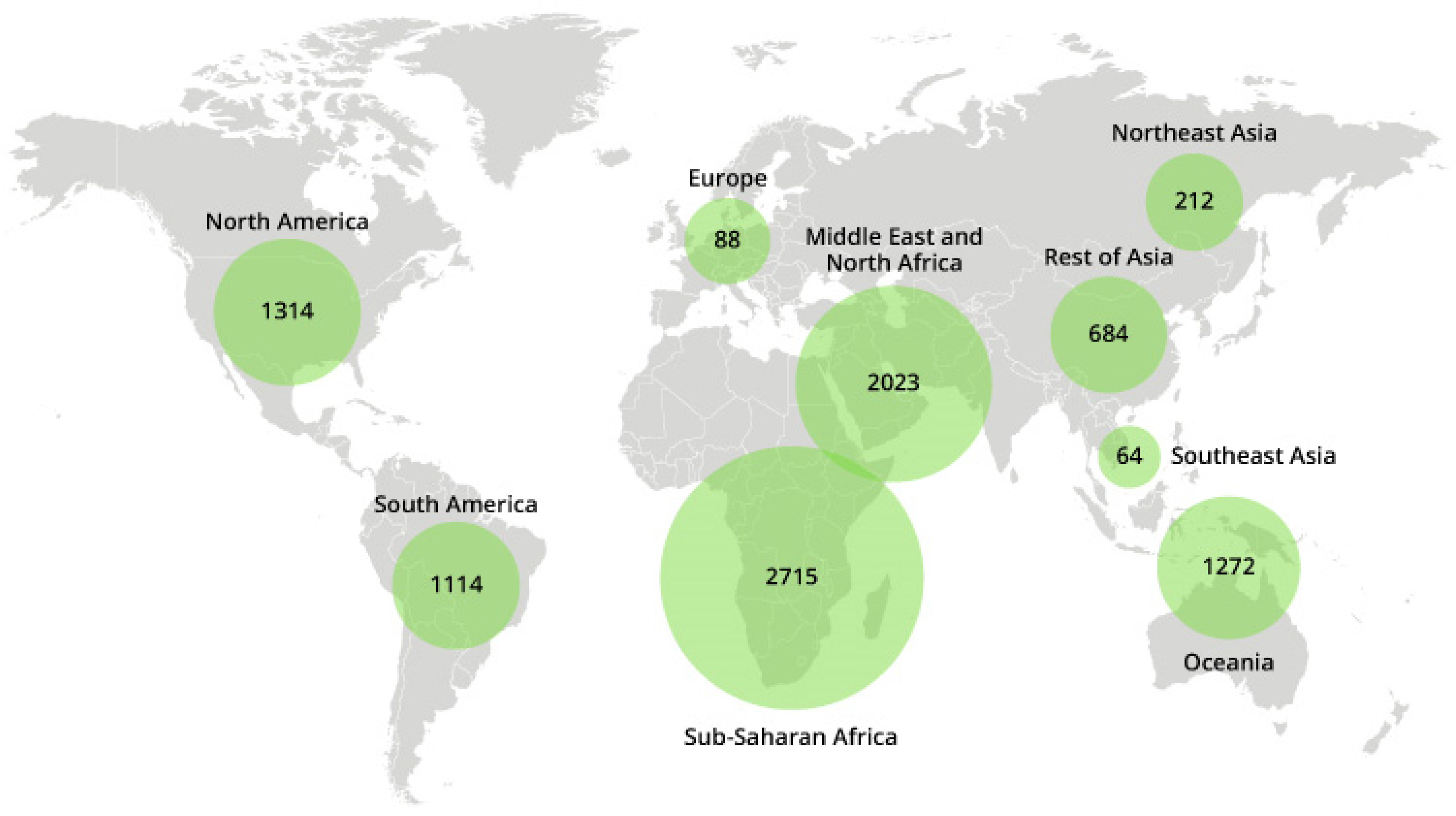
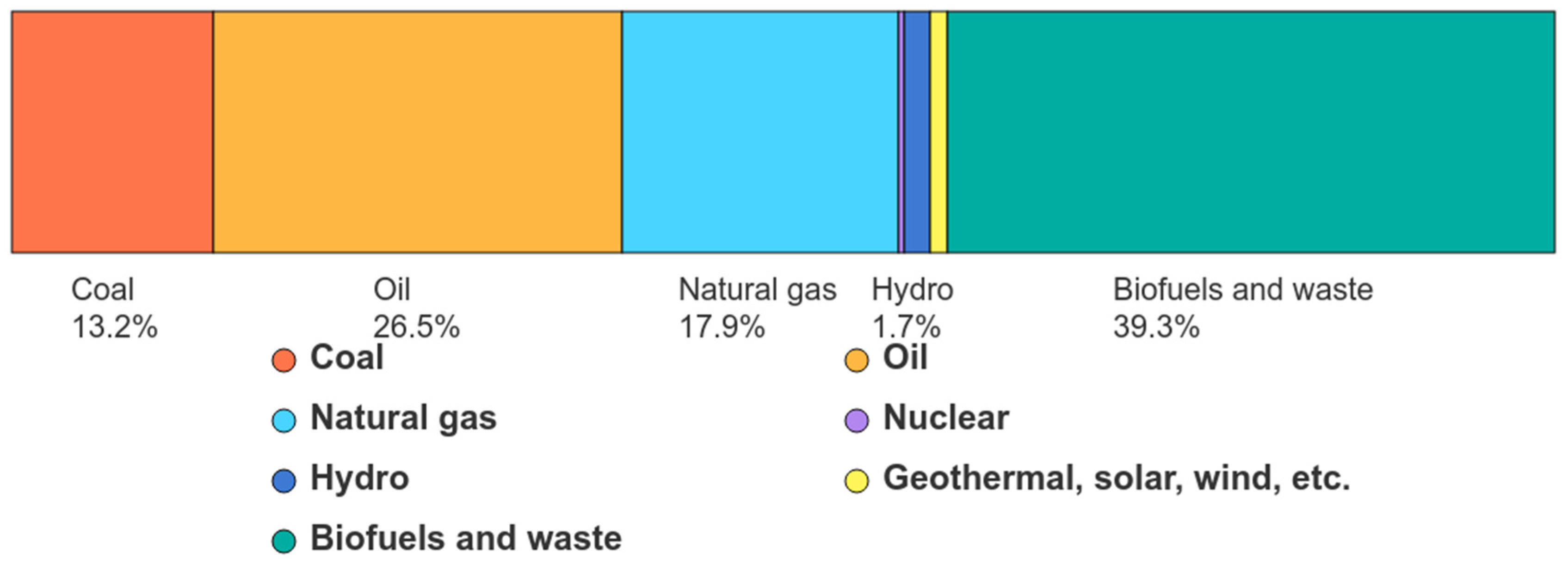
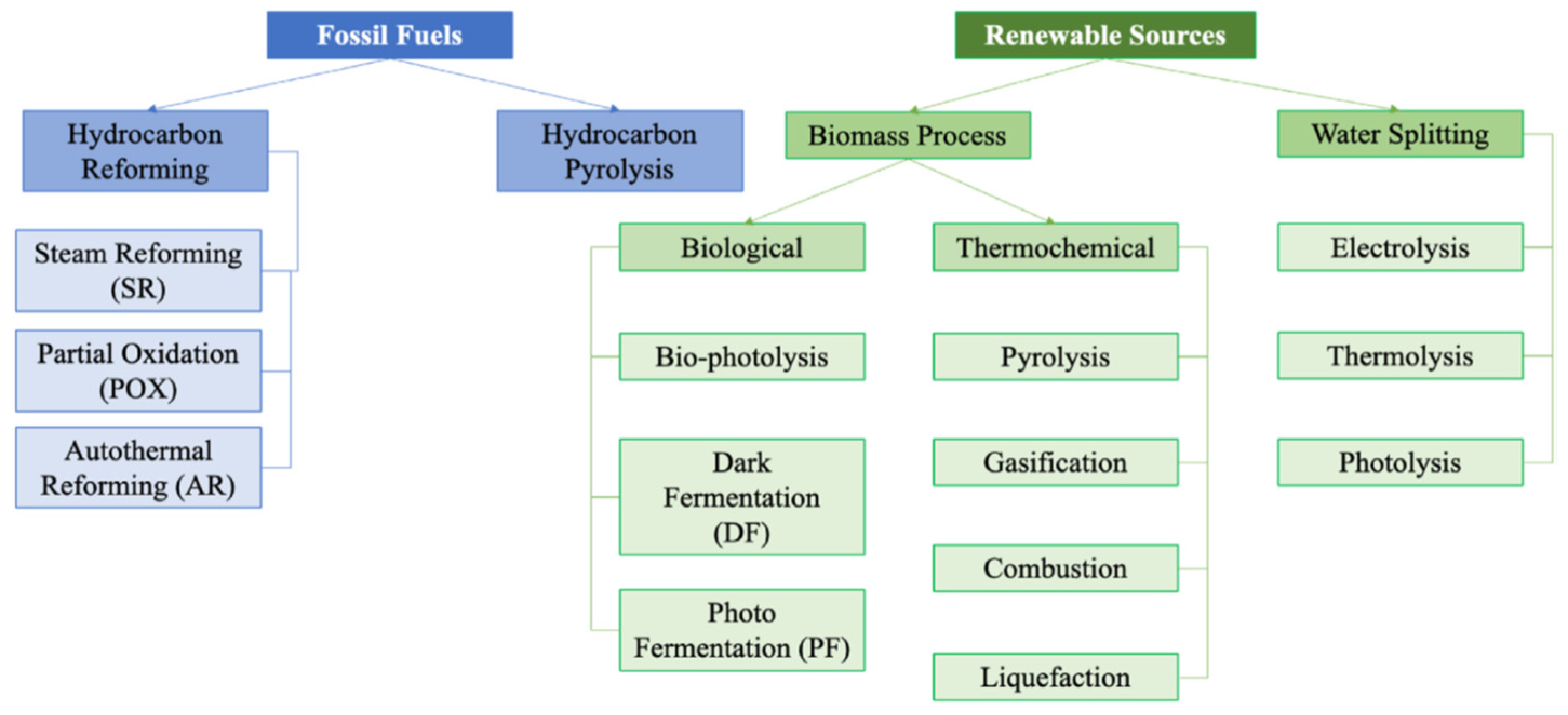

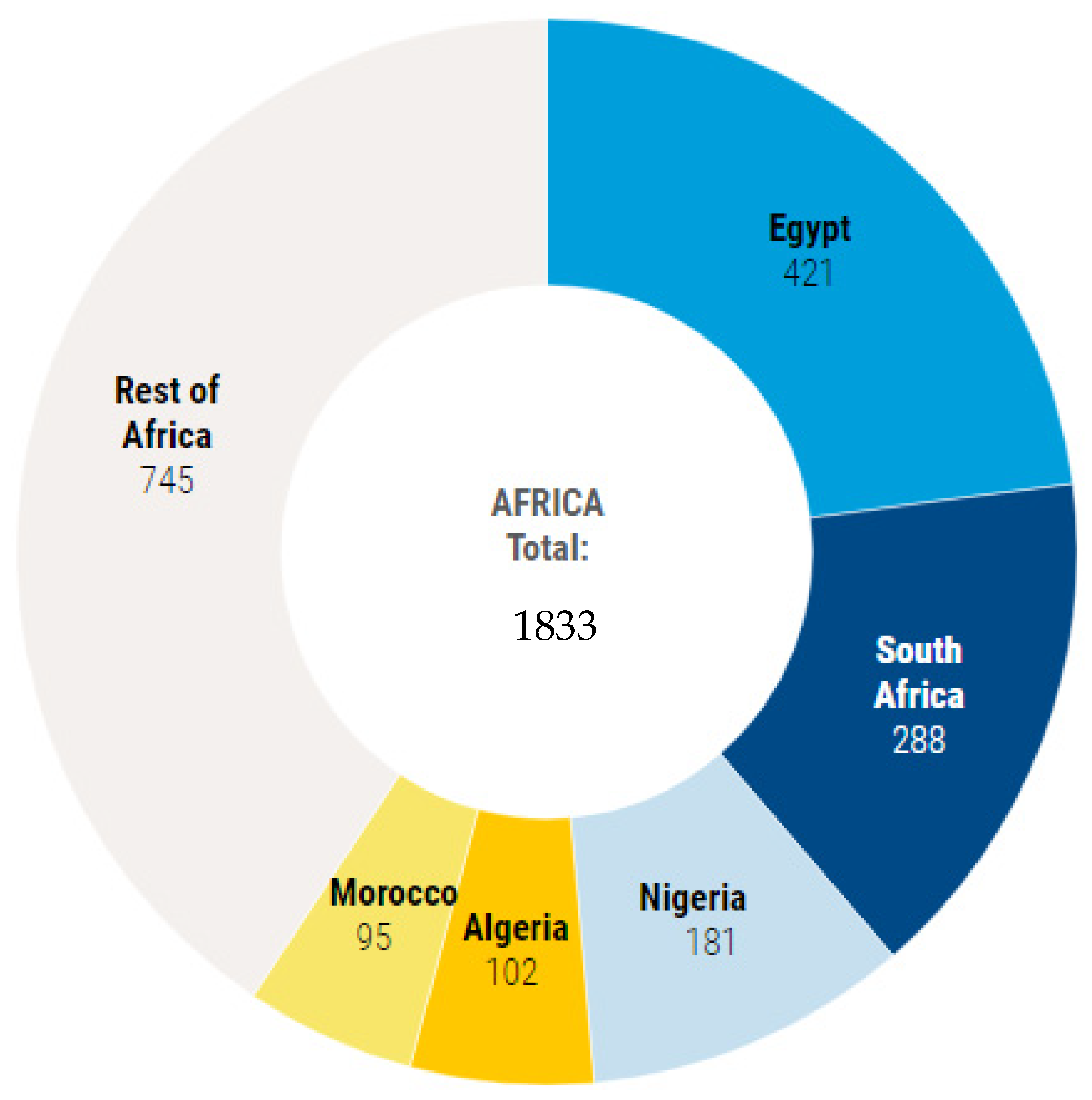
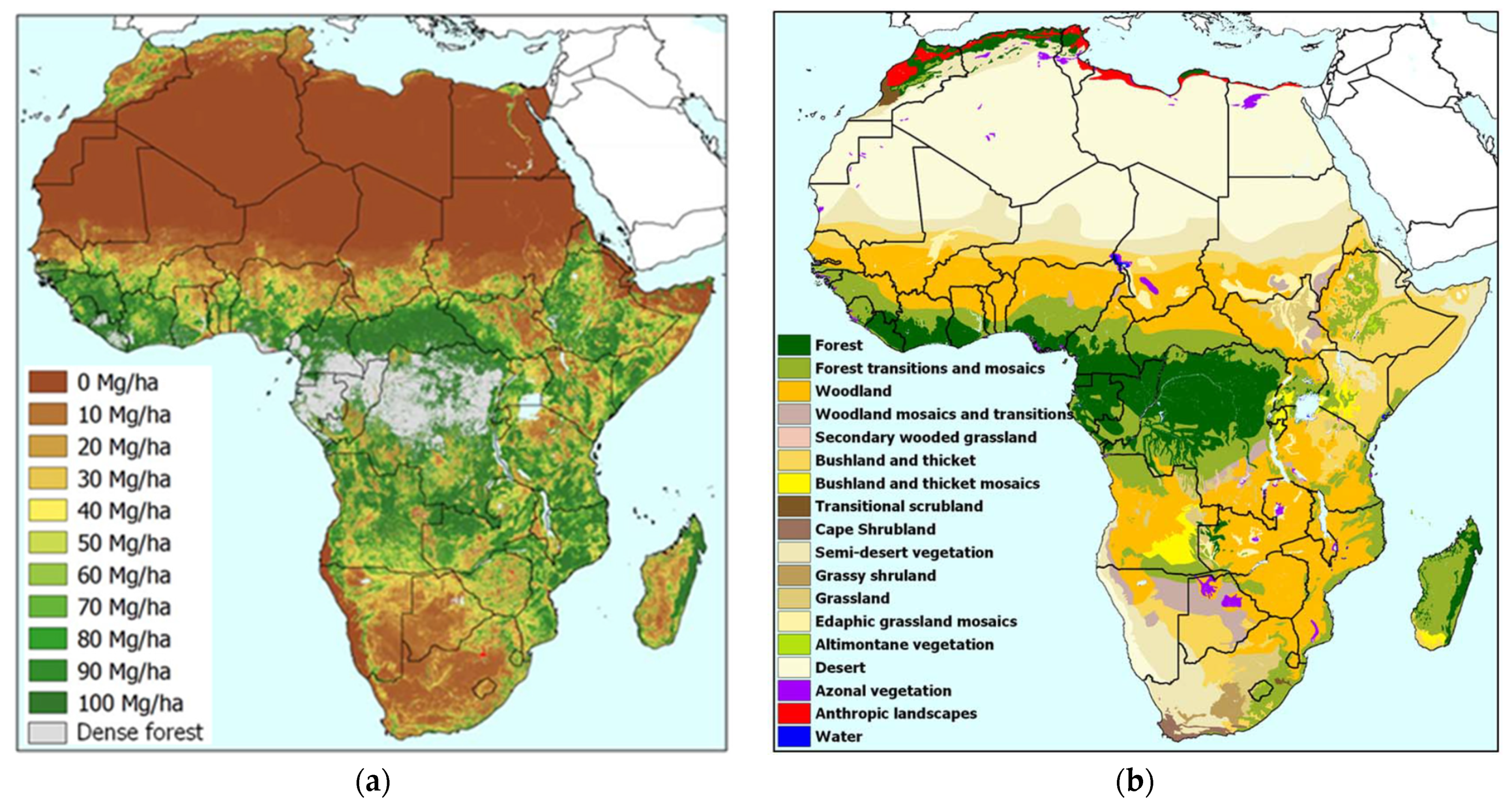
| Method | Feedstock | Production Cost |
|---|---|---|
| Water electrolysis | Alkaline water electrolysis (AWE) | 6 EUR/kg |
| Proton exchange membrane (PEM) electrolysis | 7 EUR/kg | |
| Dark fermentation (DF) | Wastewater, agricultural waste, and molasses | 2.7 USD/m3 |
| Food waste | 1.02 USD/m3–2.29 USD/m3 | |
| Organic biomass | 2.57 USD/kg |
Disclaimer/Publisher’s Note: The statements, opinions and data contained in all publications are solely those of the individual author(s) and contributor(s) and not of MDPI and/or the editor(s). MDPI and/or the editor(s) disclaim responsibility for any injury to people or property resulting from any ideas, methods, instructions or products referred to in the content. |
© 2025 by the authors. Licensee MDPI, Basel, Switzerland. This article is an open access article distributed under the terms and conditions of the Creative Commons Attribution (CC BY) license (https://creativecommons.org/licenses/by/4.0/).
Share and Cite
Snousy, M.G.; Abouelmagd, A.R.; Moustafa, Y.M.; Gamvroula, D.E.; Alexakis, D.E.; Ismail, E. The Potential Role of Africa in Green Hydrogen Production: A Short-Term Roadmap to Protect the World’s Future from Climate Crisis. Water 2025, 17, 416. https://doi.org/10.3390/w17030416
Snousy MG, Abouelmagd AR, Moustafa YM, Gamvroula DE, Alexakis DE, Ismail E. The Potential Role of Africa in Green Hydrogen Production: A Short-Term Roadmap to Protect the World’s Future from Climate Crisis. Water. 2025; 17(3):416. https://doi.org/10.3390/w17030416
Chicago/Turabian StyleSnousy, Moustafa Gamal, Ashraf R. Abouelmagd, Yasser M. Moustafa, Dimitra E. Gamvroula, Dimitrios E. Alexakis, and Esam Ismail. 2025. "The Potential Role of Africa in Green Hydrogen Production: A Short-Term Roadmap to Protect the World’s Future from Climate Crisis" Water 17, no. 3: 416. https://doi.org/10.3390/w17030416
APA StyleSnousy, M. G., Abouelmagd, A. R., Moustafa, Y. M., Gamvroula, D. E., Alexakis, D. E., & Ismail, E. (2025). The Potential Role of Africa in Green Hydrogen Production: A Short-Term Roadmap to Protect the World’s Future from Climate Crisis. Water, 17(3), 416. https://doi.org/10.3390/w17030416







